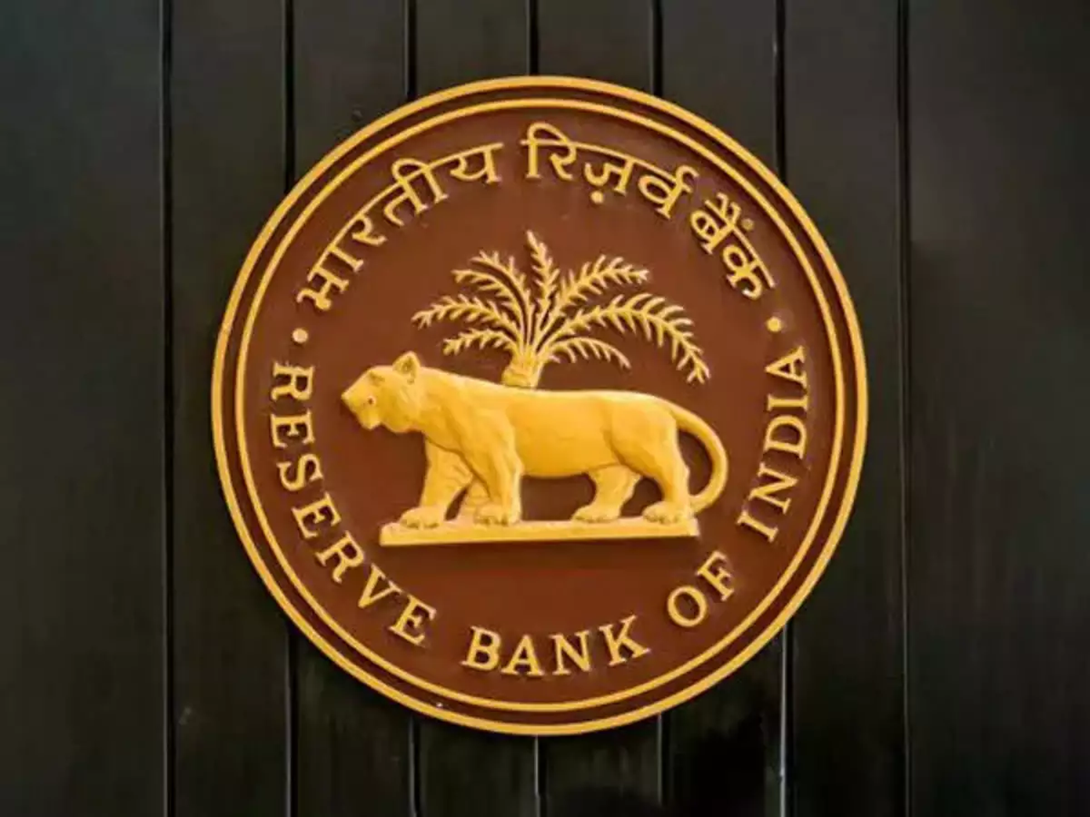- Courses
- GS Full Course 1 Year
- GS Full Course 2 Year
- GS Full Course 3 Year
- GS Full Course Till Selection
- Online Program
- GS Recorded Course
- NCERT (Recorded 500+ Hours)
- Polity Recorded Course
- Geography Recorded Course
- Economy Recorded Course
- AMAC Recorded Course
- Modern India, Post Independence & World History
- Environment Recoded Course
- Governance Recoded Course
- Science & Tech. Recoded Course
- International Relations and Internal Security Recorded Course
- Disaster Management Module Course
- Ethics Recoded Course
- Essay Recoded Course
- Current Affairs Recoded Course
- CSAT
- 5 LAYERED ARJUNA Mentorship
- Public Administration Optional
- ABOUT US
- OUR TOPPERS
- TEST SERIES
- FREE STUDY MATERIAL
- VIDEOS
- CONTACT US
RBI’s Proposed Norms on Liquidity Coverage Ratio
RBI’s Proposed Norms on Liquidity Coverage Ratio

The Reserve Bank of India (RBI) has issued draft guidelines for banks on the Liquidity Coverage Ratio (LCR), requiring them to set aside a higher stock of liquid securities as a buffer against potential threats from unexpected withdrawals facilitated by technology. The new norms will be effective from April 1, 2025.
Background
-
Technological Advancements: The RBI is concerned that with the rise of fast-paced technology (mobile, internet banking), customers can withdraw large amounts of deposits quickly, unlike the old days when withdrawals were a lengthy process involving branch visits and forms.
-
RBI’s Perspective: According to the RBI, banking has undergone rapid transformation, and while technology has enabled instantaneous transfers and withdrawals, it has also increased risks, requiring proactive management.
-
LCR Review: The RBI reviewed the LCR framework to enhance the liquidity resilience of banks in response to these technological changes.
What is Liquidity Coverage Ratio (LCR)?
- Definition: LCR refers to the proportion of highly liquid assets held by financial institutions to ensure they can meet their short-term obligations (cash outflows for 30 days).
- Purpose: To ensure that banks have sufficient capital to manage short-term liquidity disruptions.
- Origin: The LCR resulted from the Basel III agreement, a series of measures undertaken by the Basel Committee on Bank Supervision (BCBS).
Implementation in India:
- RBI issued Basel III liquidity guidelines in 2012.
- LCR was implemented in January 2015.
- As per a 2020 circular, banks should maintain sufficient HQLA at all times to meet unexpected withdrawals.
Calculation of LCR
-
Formula: LCR = (High Quality Liquid Assets (HQLA)) / (Total net cash outflows over the next 30 calendar days)
-
High Quality Liquid Assets (HQLA): Assets that can be easily and instantly converted into cash at minimal or no cost, including cash, reserves with central banks, and central government bonds.
-
SLR Eligible Assets: In India, all Statutory Liquidity Ratio (SLR) eligible assets, which banks must maintain as per the Banking Regulation Act, 1949, can be considered HQLA under LCR requirements if they are in excess. This helps maintain and optimize both liquidity requirements.
What are Basel Norms?
Basel norms, also known as Basel accords, are international banking regulations issued by the Basel Committee on Banking Supervision (BCBS). These norms aim to coordinate banking regulations globally to strengthen the international banking system.
About the Basel Committee on Banking Supervision (BCBS)
-
Purpose: The BCBS is the primary global standard setter for the prudential regulation of banks and provides a forum for cooperation on banking supervisory matters.
-
Establishment: Founded by the Central Bank governors of the Group of Ten countries in 1974.
-
Membership: Expanded in 2009 and 2014, now consisting of 45 members from 28 jurisdictions, including central banks and authorities responsible for banking regulation.
-
Objective: To enhance understanding of key supervisory issues and improve the quality of banking supervision worldwide.
Why These Norms?
-
Risk Management: Banks lend to various borrowers, exposing them to risks of default. To mitigate these risks, banks must keep aside a certain percentage of capital as security against non-recovery.
-
Basel Norms: The Basel Committee has produced norms called Basel Norms to address these risks.
Why the Name Basel?
-
Location: Basel is a city in Switzerland and the headquarters of the Bureau of International Settlement (BIS), which fosters cooperation among central banks for financial stability and common banking regulations.
-
Establishment: The BIS was founded in 1930, and the Basel Committee on Banking Supervision is housed in the BIS offices in Basel, Switzerland.
What are These Norms?
-
Basel-I:
- Introduction: Introduced in 1988.
- Focus: Almost entirely on credit risk, which is the possibility of a loss resulting from a borrower's failure to repay a loan.
- Capital Requirement: Defined capital and structure of risk weights for banks, with a minimum capital requirement of 8% of risk-weighted assets (RWA).
- Adoption in India: India adopted Basel-I guidelines in 1999.
-
Basel-II:
- Introduction: Published in 2004.
- Refinements: Refined and reformed versions of Basel-I.
- Pillars:
- Capital Adequacy Requirements: Banks should maintain a minimum capital adequacy requirement of 8% of risk assets.
What is Capital Adequacy Ratio (CAR)?The Capital Adequacy Ratio (CAR) is a measure of a bank's financial health. It essentially compares a bank's capital to its risk-weighted assets. A higher CAR indicates a stronger financial position, as the bank has more capital to absorb potential losses. |
-
-
- Supervisory Review: Banks need to develop and use better risk management techniques for credit, market, and operational risks.
- Market Discipline: Increased disclosure requirements, mandating banks to disclose their CAR, risk exposure, etc., to the central bank.
-
-
Basel-III:
- Introduction: Released in 2010 in response to the 2008 financial crisis.
- Objective: To strengthen the banking system by focusing on capital, leverage, funding, and liquidity.
- Capital:
- Capital Adequacy Ratio: Maintained at 12.9%.
- Tier 1 and Tier 2 Capital: Minimum Tier 1 capital ratio at 10.5% and Tier 2 capital ratio at 2% of risk-weighted assets.
- Buffers: Capital conservation buffer of 2.5% and counter-cyclical buffer of 0-2.5%.
- Leverage: Leverage rate of at least 3%, which is the ratio of a bank’s tier-1 capital to average total consolidated assets.
- Funding and Liquidity:
- Liquidity Coverage Ratio (LCR): Banks must hold a buffer of high-quality liquid assets to deal with cash outflows in a short-term stress scenario.
- Net Stable Funds Rate (NSFR): Banks must maintain a stable funding profile for off-balance-sheet assets and activities, with a minimum NSFR requirement of 100%.
What is Statutory Liquidity Ratio (SLR)?
Statutory Liquidity Ratio (SLR) is the minimum percentage of deposits that commercial banks are required to maintain in the form of liquid assets such as gold, cash, or other approved securities. These assets are held by the banks themselves, not with the Reserve Bank of India (RBI).
Key points about SLR:
-
Purpose: SLR is a tool used by the RBI to control credit growth and inflation.
-
Calculation: SLR is calculated as a percentage of a bank's Net Demand and Time Liabilities (NDTL).
-
Assets: SLR assets include cash, gold, and government securities.
-
Impact:
- High SLR: Restricts a bank's lending capacity, which can slow down economic growth.
- Low SLR: Allows banks to lend more, potentially leading to inflation.
In essence, SLR is a regulatory requirement that ensures banks have sufficient liquid assets to meet their depositors' claims. The current SLR rate is 18.00%.
Conclusion:
The RBI's proposed norms on LCR aim to enhance the liquidity resilience of banks in response to the rapid technological advancements in banking. While these norms are intended to safeguard against potential risks from unexpected withdrawals, they could be a dampener for some banks as they will need to set aside a higher stock of liquid securities. The new norms will be effective from April 1, 2025.




